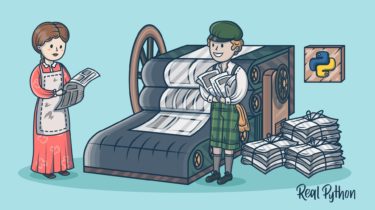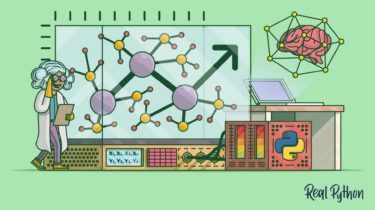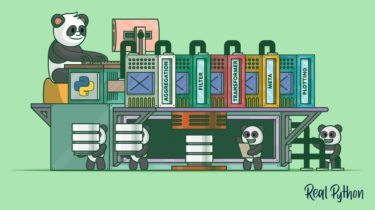Level Up Your Skills With the Real Python Slack Community
The Real Python Community Slack is an English-medium Python community with members located worldwide. It’s a welcoming group in which you’re free to discuss any questions you may have, celebrate your progress, or hang out with the community at the virtual watercooler. This guide is for you if you want to: Get the most out of the Real Python Slack community Navigate some of Slack’s most valuable features Get your questions answered by other Real Python members Learn the dos […]
Read more



